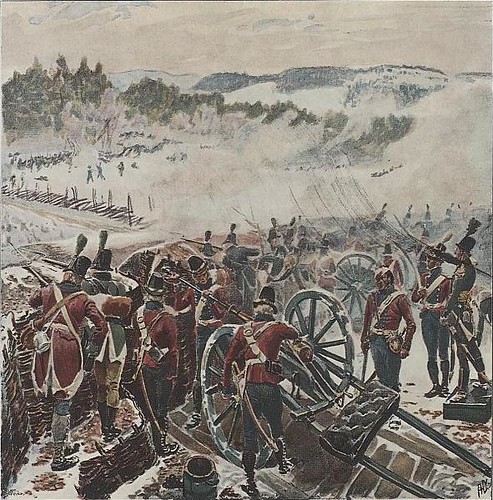Walt Disney’s 13th animated film, Alice in Wonderland, premieres in London, England, United Kingdom.
“Alice’s Adventures in Wonderland” (commonly known as “Alice in Wonderland”) is a classic children’s novel written by Lewis Carroll, the pseudonym of Charles Lutwidge Dodgson. The book was first published in 1865 and has since become one of the most beloved and enduring works of literature in the English language.
The story follows a young girl named Alice, who finds herself in a whimsical and surreal world after following a White Rabbit down a rabbit hole. This world is filled with peculiar and nonsensical characters, strange creatures, and bizarre situations, defying the laws of logic and reason.
As Alice ventures through Wonderland, she encounters a series of eccentric characters, including:
The Cheshire Cat – A grinning cat with the ability to appear and disappear at will, offering puzzling and sometimes helpful advice to Alice.
The Mad Hatter and the March Hare – Two characters engaged in an eternal tea party, where time is stuck at six o’clock, and their behavior is rather nonsensical.
The Queen of Hearts – A tyrannical and short-tempered ruler with a penchant for ordering beheadings at the slightest offense.
The Caterpillar – A hookah-smoking insect who perplexes Alice with his cryptic questions.
The Mock Turtle and the Gryphon – A mock turtle with a sad story to tell and a gryphon with the head of an eagle and the body of a lion.
Throughout her adventures, Alice experiences changes in her size, sometimes growing very tall and other times becoming small enough to fit inside teapots. She navigates through a series of bizarre scenarios and often finds herself struggling to understand the peculiar rules and logic of this curious land.
The book is celebrated for its imaginative and nonsensical nature, as well as its exploration of themes such as identity, growing up, and the nature of reality. Carroll’s clever use of wordplay, puns, and linguistic tricks adds to the whimsy and charm of the story.
The success of “Alice’s Adventures in Wonderland” led to the publication of a sequel, “Through the Looking-Glass, and What Alice Found There” in 1871. Both books remain popular worldwide, inspiring numerous adaptations, films, plays, and other media interpretations over the years. Alice’s journey has become an enduring symbol of curiosity and wonder, capturing the imaginations of readers of all ages.


